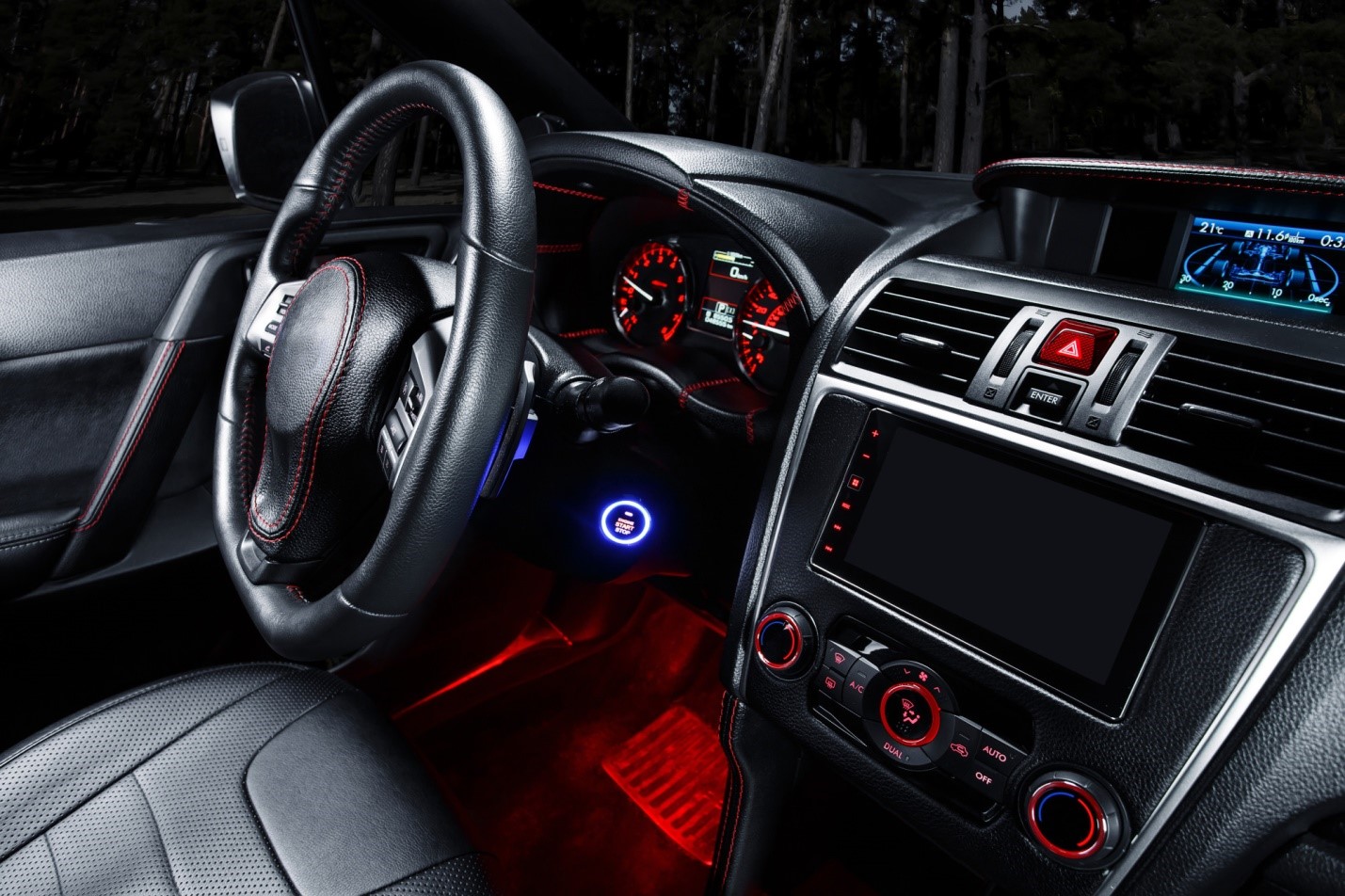Citizens band radio or more commonly called “cb radio” offers many type’s of radio experiences for such as small number of legal to use channelized radio frequencies. As an example you man want a c.b. In your car or in your home. Perhaps you might have a business reason, you may be interested in starting a new hobby, whatever it may be.
This article is written for beginners in cb radio or people who may be thinking of getting a radio. I will cover what kind of radios are best to get when starting out and why and if you decide to try out the hobby what happens to most new comers. Don’t worry it only hurts your pocketbook.
Almost all CB radios have a channel selector on its face and some kind of lighted indicator showing a number, generally 1-40 or 1 -23. The radios with 23 channels are older and unless you get one for really cheap or free, I would not purchase one of these units. There are alot of fine older units out there but for reasons Ill explain later, you should get a newer setup. If it doesn’t make sense just read on it will all become very clear to you.
Mobile Vs. Base Type Units
CB’s, for the most part, come in two flavors, base or mobile types. The mobile units are smaller but can have all the features of a base radio, equal power output, however, there is one draw back to the reduced size and that is the size of the control knobs on the front. Generally speaking, base radios have bigger knobs and in most cases more of them when compared to the mobile unit. What does this all mean? If you have fat pudgy beer drinking fingers, fiddling with small knobs in heavy traffic may prove to be a complete pain in the butt. That choice will be up to you.
Almost every mobile CB radio has an internal speaker, generally on the bottom of the radio. These speakers are garbage. They are overrated, cheap and sound bad. Consider an external speaker when space is available.
Some base cb radios will have a speaker built in, they sound better than the mobile but again a quality external speaker should be considered as well.
Most base station radios also have an internal power supply. It is something to consider when purchasing a setup. Mobiles are designed to run from a car battery so generally have no 110 volt plug. Base units, on the other hand, have built-in power supplies and it’s easy to to just plug them in. If you decide to use a mobile as a base station just remember that you will have to get a 12 volt power supply or have a spare car battery handy.
Range distances on mobiles are also much less compared to base station due to the size of the antenna.There are glass mount cellular look- alike antennas to 8 foot ¼ wave antennas. The minimum length for a mobile setup to begin to perform decently is 40 inches. Anything less is a waste so that cellular look-alike might look cool, but it won’t have a very good range, maybe a mile or so.
Basically what it boils down to is the larger and higher up your antenna is physically, the further the range of your radio will be assuming everything is working properly.
C.B. Radios as a Road Trip Companion
A cb radio in your car can be a very valuable tool. You can get tons of real time road information from truckers, you don’t really even have to talk. Just listening will yield a lot of stuff about road conditions ahead, you will hear about accidents or traffic jams way before any broadcast band gets the info. The best part is almost all the time you can hear where any speed traps may be. The draw back to all this wonderful information is what you have to hear in between the reports. It’s not something you want to you kids to hear generally. If you don’t care and its just you and you wife or girlfriend then turn it up and join in. It can make a long drive seem short when your yacking the whole time. You may even be able to make a report if you see something first. The one question I hear the most from truckers is about the status of the roadside scales. You can talk all the mess you want on the radio but do take notice as you pass scales on the other side of the road you are driving on. For example, if you are traveling north on a freeway, look for scales on the southbound side. Check to see if they are open or closed and pass that information on as you drive up the road to the truckers and continue your rhetoric.
C.B. Radios as a Base Station
And still another side to CB radio is the base station. You will find that there is generally a “local channel” in almost any city. There you will find normal people to tweakers and anything in between and like the truckers you most likely don’t want you kids to hear what comes peoples mouths.
Having a base station usually means a larger antenna, which equates to considerably longer communications in terms of distance. Even with a 4 watt radio (the F.C.C. Legal limit) it’s not uncommon to 10 or 20 miles. If you live in or close to a larger city, there will be lots of people at what would seem to be all hours. The CB never closes.
CB Begins to Overtake your Life
So you get your base running and get out there. It becomes instantly addicting. Friday nights will be spend more in the garage drinking beer and talking on the radio. You will hear lots of things about radio and receive advice from many people. One of the first things almost every CB’er wants are modifications to the radio. Generally to be louder and have big signals at the receiving stations are the 2 most common modifications with being louder quite possibly being number one.
Being Louder? What Does that Mean?
Here is where the line is drawn between what is technically correct and what people want. It is true that a “stock” radio will be able to be heard at a receiving end, but the real question with regards to the human psyche is how it is heard.
You can equate modifications on a CB radio to having a car and by changing certain parts or modifying the engine, wheels, tires and so on, will enhance it’s performance and make your experience driving the car more pleasurable. It becomes validated even further when a friendly street race is won. This is absolutely no different than the modifications to a CB radio where fellow CB’ers take notice that your voice in their speaker is louder than others. Often refered to as “Tree Top Tall or Walkin the Dog and Kickin’ the Cat.” You get the idea.
It is here where your first questions will need to be answered. I am of the opinion that having a great microphone is important first. It won’t take long for you to hear of the infamous Astatic D104 base microphone. (be aware that there is a mobile version which is loud but it’s tonality sucks) The base version is an impressive looking piece and has a reputation of being a “loud” microphone meaning that all you have to do it plug it in and instantly your loudness will change, and it will from the stock microphone for sure.
I think that the D104 is a good microphone and it is loud, however, it’s tonality is not acceptable due to its pre-amp (the electronics contained in the base of the unit). When I use the word tonality I’m referring to how well it’s amplifying in terms of sound quality not necessarily loudness. Of course there are many more variables than just the microphone’s pre-amp but if the microphone doesn’t have the capability to capture and reproduce a natural, tonally pleasing sound or your shot at better than average audio is gone right there. At this point you may as well hammer a screw into a wall with a wrench. It won’t make much difference what mods you make to the radio if the microphone can’t keep up.
Radios that I Think are Great Starter Units
I have to say that there are many great radios out there. I have created this list based on
- Cost vs. Performance
- Availability of parts
- Popularity
- Ease of finding shops that work on the models
- Abundant information available and easily accessible
- Good resale value
Cobra
25/29 Classic, LTD
148 GTL
Cobra 2000 GTL – Base Unit
Cobra 142 GTL – Base Unit
Uniden
PC 66/76
Uniden XL
President Washington – Base Unit (There are two versions) one with one meter or dual meters. The unit with one meter is almost a cobra 148/2000 – There are some slight differences technically but the version with dual meters is nothing like any of the radios listed here despite it’s same name. If you end up with an obscure radio, the time a tech will need to review the schematic and come with some mods either may or may not be possible or just too costly to justify.
Example One: You buy an obscure radio for 40 dollars in a working, stock condition. Next you get a D104 and I ll just say it’s 60 dollars. You take the radio to the techs place, he/she has little experience with this model. If the tech doesn’t have the schematic, you will have to provide one or wait and it will cost more money, say 15 dollars. Now wait more till the tech figures out a modification. Or perhaps he/she just gives it a “tune up” (that is left to be interpreted by anyone as to what it really is) and charges you 40. So after 155 dollars you have a D104 and a radio that really has nothing done to it. When people ask you about your radio setup (and they will) you will find yourself making excuses why you have that radio as in “I got it cheap”.
Example Two: You buy a Cobra 25 or 29 for 40 dollars + D104 for 60. The tech has done many of these radios, probably has all parts on hand and can do some good mods in just a few hours. It may cost 75 dollars but look at the math. It adds up to 175 total but you have your radio back in a very short time, the modifications will have made a tremendous difference and your loving life. When people ask you about your setup, your proud of it and Instead of making excuses you talking about taking it to the next level, moving up in the CB world. It can make or break your CB radio experience. Trust me on that one.











